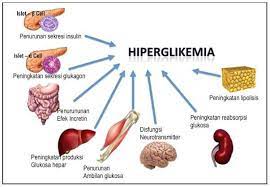MLR and Survival in CKD Patients on Regular Hemodialysis at Tabanan Hospital (2023-2025)
Downloads
Background: People with CKD tend to experience low-degree inflammation that lasts chronically. Some inflammatory markers such as C-reactive protein (CRP), Monocyte chemoattractant protein (MCP-1), IL-6, IL-8, and TNF-alpha are elevated in CKD but it is difficult to distinguish whether the inflammation is infectious or non-infectious. The Monocyte-Lymphocyte Ratio is a biomarker that specifically describes chronic inflammation. Research by states high MLR is significantly associated with inflammation in CKD. Patients with high MLR have poorer kidney function, indicating that MLR may be able to predict the severity of CKD. Method: This study is an observational analytical study on CKD patients undergoing regular HD and then data collection in the form of a monocyte-lymphocyte ratio (MLR). The data was then recorded and survival analysis was carried out using the Kaplan-Meier survival curve, Cox Regression test, and Log-Rank test. Conclusion: In this study, there was a significant difference in the survival rate of mild, moderate, and high MLR. The MLR value is statistically significant in relation to the occurrence of the event (death). every increase in the MLR value will increase the risk of the event (death).
Copyright (c) 2025 Ni Putu Radha Premaiswari Suparthika, Nyoman Sutarka

This work is licensed under a Creative Commons Attribution 4.0 International License.











